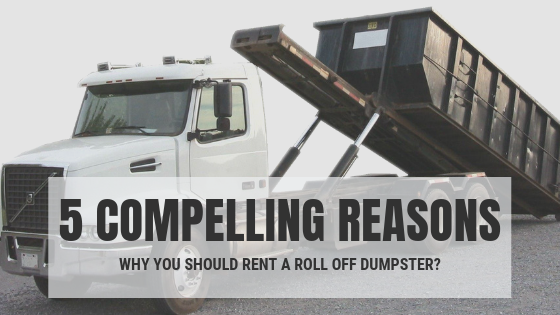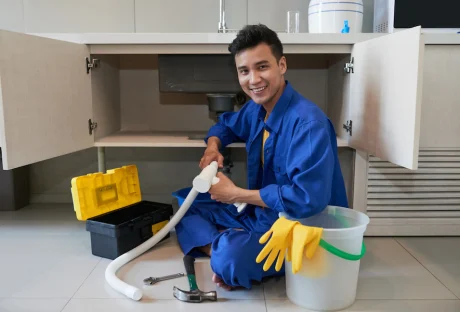If you have to invest in only one item of furniture for your living room, experts agree that it would have to be a sofa. It is both a functional and decorative piece in your home and is meant to last a long time. Buying a couch is a commitment, and if you want a good-quality sofa, you need to be prepared to pay a hefty price. But once you find that perfect couch to go in your living room, it is likely going to be your favorite spot, next to your bed of course.
If you are in the process of buying a couch, you can quickly find sofas for sale online. However, there are endless choices available, and the task of picking one can suddenly become overwhelming. Let this guide help you sort through your options to find that perfect choice from a sea of sofas.
The function is your main priority
The first thing you should consider before buying a sofa is your lifestyle. How many people should it accommodate? Is the space meant to be a casual living area or do you plan on keeping it formal and fit for occasional entertaining? For more formal living rooms, it is best to choose a standalone sofa. On the other hand, if you are decorating a casual area where you can lounge and watch television with your family, a sectional couch has enough room for you to chill on.
Choosing the right type of upholstery
A coach needs to be comfortable, and the right kind of upholstery will make a massive difference in the comfort level of a sofa. Different types of fabric have different longevity and care needs. If you have a busy lifestyle and you also have pets or kids, you might want to look for a material that is easy to clean and will not get damaged easily. But if it’s just you and your partner, leather chesterfield furniture will be ideal for a durable and aesthetic sofa.
Another thing to consider besides the upholstery material is the filling. While foam is more durable and resilient, it tends to be stiff. The ideal choice would be a mix of feather and foam which gives good structure to the furniture but at the same time making it more affordable.
The little details matter
Once you have tackled the significant factors that impact your selection, you can move on to the small details that also matter. First, the type of sofa arm determines the style of the furniture. Sloping rounded arms are typical of classic and traditional designs. If you are looking for something more contemporary, try a tuxedo-style fabric sofa where the arms are the same height as the back.
Another detail to look into is the seat depth as this will also impact the comfort level of the sofa. The minimum depth you should look for in a sofa is 22 inches. However, if you are the type of person who loves to lounge on the couch and occasionally take a nap, a depth of around 33 inches will provide the comfort level you are looking for.
Read Also:






















